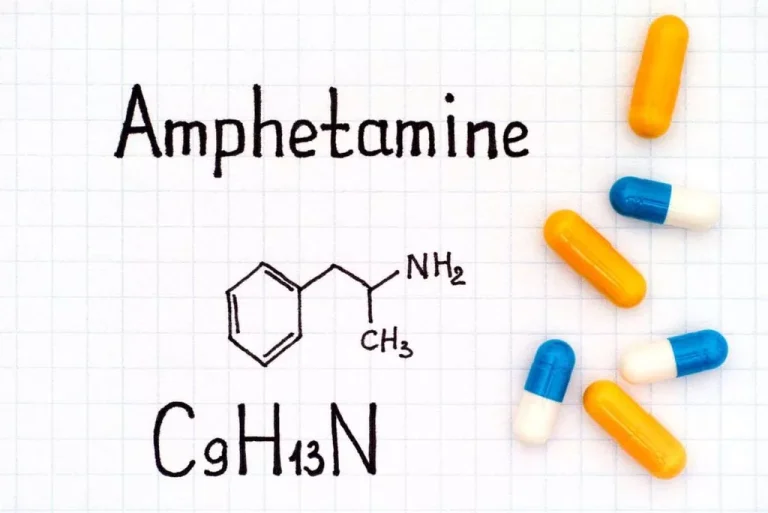
There’s not a lot of research on CBD, but the results on topics experts have studied are promising. Some studies have found CBD may be effective in providing relief from various mental health and physical conditions. It may also affect peroxisome proliferator-activated receptors’ gamma activity. This activity affects intracellular calcium release, which is responsible for processes such as muscle contraction, hormone secretion, and cell growth. These receptors are part of the endocannabinoid system and regulate many processes, such as sleep, mood, and appetite.
Natural pain relief and anti-inflammatory properties
In summary, available evidence suggests that CBD-induced modulation of drug reinforcing and motivational properties could be mediated, at least in part, by the functional regulation of the opioidergic system. In a retrospective study of 74 patients, age range 1-18 years, CBD dosage ranged from 1 to 20 mg/kg/day for more than 3 months (average 6 months), 47% AEs were reported, prominently [69]. Gastrointestinal disturbances could be due to other co-administered anti-epileptic drugs making it difficult to assign responsibility to CBD. Several preclinical and clinical studies documented CBD’s acute anxiolytic effects [76-78], although more recently ElBatsh et al. demonstrated that 10 mg/kg intraperitoneal (IP) CBD over 14 days produced an anxiogenic effect in rats [79].

Products and Services

A third researcher (DJA) was consulted in the event of discrepancies occurring between the results of the two reviewers. Cannabis—which can also be called marijuana https://ecosoberhouse.com/ —is the most commonly used federally illegal drug in the United States. Cannabidiol is one of several (probably 200) compounds of the cannabis plant.
May Assist Substance Use Disorder Treatment
- In addition to its role in HPA axis dysfunction and reward processing, the hyperactivation of the eCS may also play a role in the executive dysfunction sometimes observed in cannabis use.
- That means taking CBD oil with these drugs could have a more substantial effect than you need or make them not work as well.
- In past years, several researchers have studied the effects of CBD on physical and mental health, and a growing number have focused on the effects of CBD on addiction.
- Cannabis—which can also be called marijuana —is the most commonly used federally illegal drug in the United States.
Thus, a greater effort is essential to further characterize the mechanisms involving the ECS that underlies potential therapeutic effects of CBD in drug addiction. In addition to these previous findings, it was also explored whether CBD could be effective to prevent relapse. Gonzalez-Cuevas et al. revealed that the transdermal administration of CBD attenuated context-induced and stress-induced drug-seeking in an intravenous cocaine SA paradigm. Interestingly, CBD-mediated anti-relapsing effects were maintained up to 5 months after the end of the treatment although plasma and brain CBD levels were undetectable at this time (Gonzalez-Cuevas et al., 2018). Furthermore, the effects of CBD on cocaine plus caffeine-induced locomotor sensitization were investigated. Repeated treatment with CBD (20 mg/kg, i.p.) blunted the motor behavioral response induced by a challenge dose of cocaine plus caffeine (Prieto et al., 2020).

On the other hand, the effects of CBD alone or in combination with THC (2.5 mg/kg each, i.p., 4 days) on ethanol-induced locomotor sensitization were also evaluated in DBA/2 mice. THC alone or combined with CBD, but not CBD alone, significantly inhibited the expression of sensitization to ethanol in this paradigm (Filev et al., 2017). Since CBD carries mild side effects in animal preclinical and human studies (Iffland and Grotenhermen, 2017; Taylor et al., 2018), and exhibits no rewarding properties (Babalonis is cannabidiol addictive et al., 2017; Parker et al., 2004), it may be introduced as a great therapeutic candidate for drug abuse. It should mentione that most of the studies were designed to evaluate the application of CBD for the treatment of drug abuse. In contrast, some studies sought to identify receptors implicated in CBD’s action in various animal models of drug abuse and addiction. CBD has been shown to be a safe compound in both animals and humans, which is of critical importance from a therapeutic point of view.
- Indeed, recent studies carried out in mice in our laboratory further demonstrate that CBD is not an addictive substance.
- Regarding the safety of CBD, Taylor et al., 2018, in phase I, randomized, double-blind, placebo-controlled study, revealed that CBD was commonly well tolerated.
- Proof of this is the recent marketing of the drug Epidiolex®, a 99% pure oral CBD extract for the treatment of refractory childhood epilepsies (Lennox-Gastaut and Dravet syndrome) (Sekar and Pack, 2019; Raucci et al., 2020).
- From these, delta-9-tetrahydrocannabinol (THC) is the main psychotomimetic or hallucinogenic component and the first cannabinoid to be identified and studied.
- In one study, the placebo cohort reported twice as many positive urine cannabinoid tests as compared to the NAC cohort (Asevedo et al. 2014).
- Interestingly, we identified a therapeutic potential of psychedelics in schizophrenia adopting a critical point of view, particularly on negative symptoms and social cognition, and we summarized all the relevant findings.

6. Respiratory Effects
- In a 2017, randomized, double-blind, placebo-controlled CBD trial on Dravet’s syndrome, 120 children received 20 mg/kg/day oral CBD or placebo for 14 weeks, in conjunction with their standard treatment (1 to 5 antiepileptic drugs) [71].
- These psychological disorders include an increased risk of psychosis and schizophrenia.
- As CBD has gained popularity, researchers have been trying to study it more—but, so far, human trials remain sparse.
- This law removed hemp from the federal Controlled Substances Act, effectively legalizing CBD if it comes from hemp.2 However, a few states have not removed hemp from their state’s-controlled substances acts, so legality of CBD products differs across states.
- Activation of presynaptic CB1 receptors inhibits glutamate transmission onto GABAergic cells in the PFC, reducing the function of inhibitory prefrontal circuits.